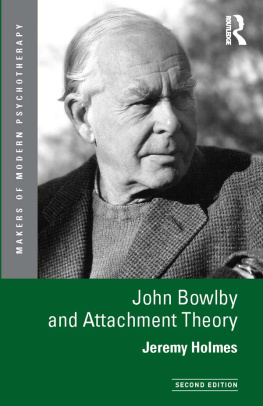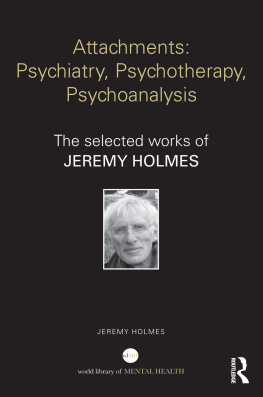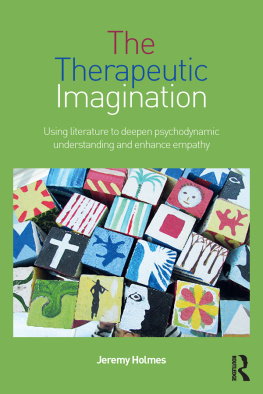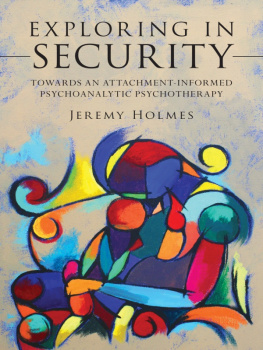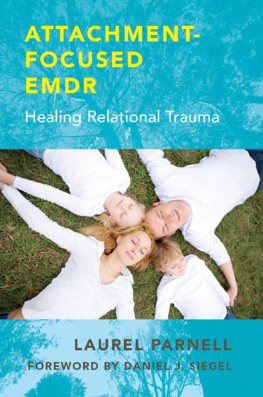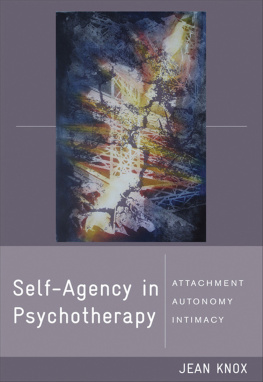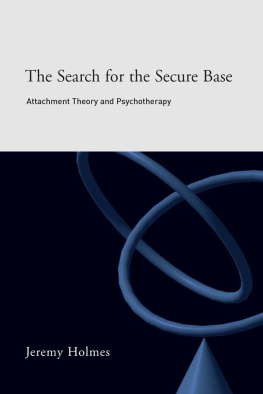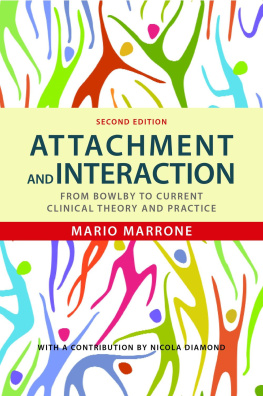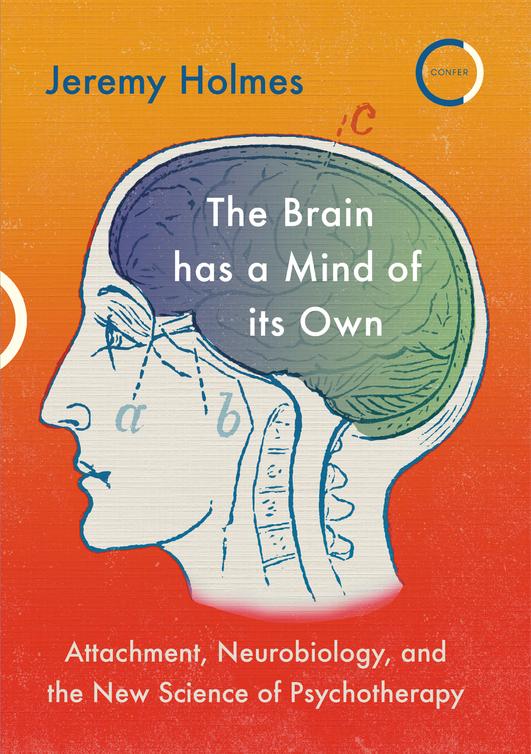Freuds most creative years, as he moved from the seeming certainties of pre-twentieth-century science to the modernistic project of psychoanalysis, paralleled and pioneered the cultural shifts of the new century. Our millennium has seen a return to a mechanistic study of the mind, based on brain imaging and artificial intelligence. My aim in this book is to explore the implications of this neuroscience revolution for psychotherapy, and to argue that psychoanalysis still has much to contribute to our understanding of what it is to be human. What Im attempting should be thought of as an essay in the sense of effort or trial encapsulating a personal angle on a topic.
We now know beyond doubt that psychoanalytic psychotherapy produces significant and sustained psychological changes for people suffering from psychological distress (e.g., Leichsenring, 2008; Shedler, 2010; Taylor, 2015). But the underlying mechanisms what it is about therapists, patients, and their co-created therapy which produces change remain mysterious (Wampold, 2015). There is no shortage of theories: the therapeutic alliance, empathy, mutative interpretations, cognitive restructuring, restoration of family hierarchy and communication channels, unconditional positive regard. The answers probably include all of the above, and more. But, for many reasons, including the difficulty of meaningfully fitting psychotherapy into a randomised controlled trial paradigm, and allegiance effects (Kim, Wampold, & Bolt, 2004), where researchers bias or transference unconsciously affects their findings, however much they strive to counteract this, the evidence remains equivocal.
The processes implicated in psychotherapy are multiple: the psychotherapist herself, her personality and skill, the character and motivation of the patient, the nature and severity of the illness, the model, duration, and frequency of treatment, and the social context within which therapy is practised. Given this complexity, linear explanations if therapists do or say this, then that improvement will result are unlikely to account for the phenomena (Masterpaqua & Perna, 1997). The famous dodo bird verdict (Budd & Hughes, 2009), All have won and everyone shall have prizes, and the integrative meta-model perspective it implies, still holds firm. But complacency is contraindicated: although therapy undoubtedly can do good, it does not succeed in all cases around 5060 per cent of patients improve, 10 per cent deteriorate, while at least 30 per cent remain roughly where they were when they started (Lambert, 2013). For publicly funded therapies, allocating resources to ineffective treatment is wasteful, and for therapists it gives their beloved discipline a bad name.
The situation is not unlike that faced by Darwin when he published On the Origin of Species in 1856 (Holmes & Slade, 2017, 2019). Using qualitative evidence from the fossil, geological, and his own and Wallaces observational record, he intuited how species adapt and evolve by natural selection. But Darwins knowledge of inheritance went no further than the folk understanding that offspring both resemble and differ from their parents. Pre-Mendel, pre-Huxley, pre-Watson & Crick, pre-CRISPR, he was entirely ignorant of the genetic mechanisms involved. Psychotherapy is similarly in the dark about its own DNA. This books project is to argue that advances in neuroscience point to new understandings of how psychotherapy produces psychic change.
My starting point is a new paradigm, the Free Energy Principle (FEP), which has swept through academic psychology and brain research but which, a few pioneers excepted (e.g., Connolly, 2018; Hopkins, 2016; Mellor, 2018; Moutoussis, Shahar, Hauser, & Dolan, 2018; Smith, Lane, Nadel, & Moutoussis, 2019a; Smith, Lane, Parr, & Friston, 2019b; Solms, 2019), has had little impact within the world of psychotherapy. I will gradually try to unfold the full nature and psychotherapeutic implications of FEP, but start with a summary of its main contours. Key concepts are italicised.
Energy in FEP is not a physical phenomenon like heat, or electromagnetic radiation, but a superordinate explanatory category, akin to gravity (cf. Connolly & van Deventer, 2017), with both mental and physical connotations. FEP is a principle or framework for understanding the fundamentals of psychic life, conscious and unconscious, analogous, and not unrelated to, Freuds pleasure and reality principles.
According to the FEP, the brains task is to select from, attend to, shape, and maintain homeostasis in the face of the streams of incoming neural energy from both its sense organs and its interoceptive and proprioceptive internal milieu. It does this by predicting, top-down, on the basis of previous experience, the likely meanings of this bottom-up input. These predictions follow the mathematics of the eighteenth-century cleric Thomas Bayes, and are thus known as Bayesian. The ever-changing discrepancies between prediction and sensation, between our generative models of the world and reality, activate Prediction Error Minimisation (PEM), in which the brain instructs itself to modify prior models of the world in the light of experience, whereby they become posteriors, and take actions which improve precision, clarify ambiguity, and align input with expectations.
From a psychotherapeutic viewpoint, interoceptions (i.e., bodily feelings) are especially important because they underpin affective life. In general, prediction errors the discrepancies between what we want/expect and what our senses tell us is the case are experienced as bad or painful, thereby motivating their minimisation. Conversely, when expectation and experience align, we feel good or happy. The psychological distress that brings people for psychotherapeutic help can be conceived as chronic states of unresolved prediction error. The aim of psychotherapy is to redress these by mobilising the capacity for action and model revision.
In FEP, energy is either free, or bound. Free energy reflects the ever-changing and potentially chaotic nature of the impact of the environment on the physical, psychological, and interpersonal self. Energys role is therefore ambiguous: it provides the vital information and sustenance needed for our evolutionarily derived tasks of adaptation, survival, and reproduction, and arguably forms the basis for creativity, but, unbound, can overwhelm the unprepared nervous system. The need to find and bind free energy is what motivates us, what makes us tick, what makes us exploit what we have, and explore and want to know more, and to think up better world models; failure to do so is demotivating, degenerating, and depressing.
All this has psychoanalytic resonances. Freud first proposed an interplay between free and bound energy (or Q as he symbolised it) within the mind/brain in his abandoned and unpublished project (Carhart-Harris & Friston, 2010; Freud, 1950a) which he titled psychology for neurologists. As psychoanalysis evolved, the Q-concept transmuted into libido. Through cathexis, or



